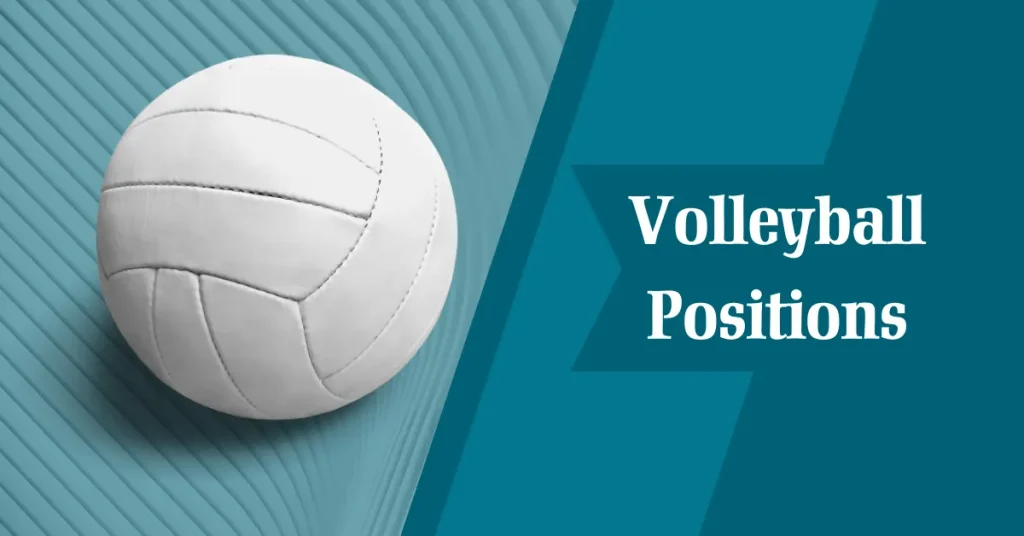As a newbie, I wouldn’t know who was a setter, a libero, a middle blocker, or any other positions. You needn’t worry. I will tell you everything you need to know about the setter.
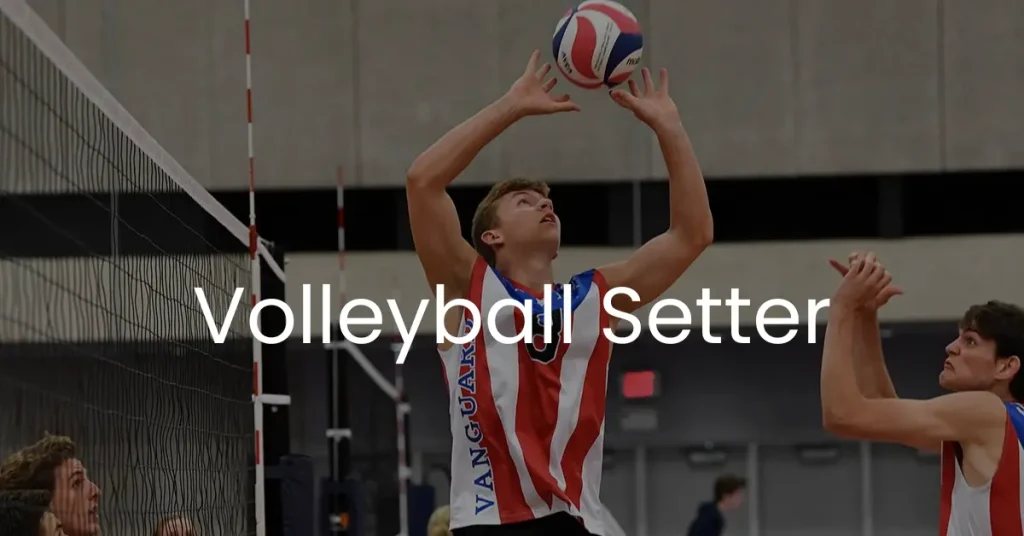
What is a setter in volleyball?
After the first touch or contact, known as a pass, the second contact or touch is known as a set, and the player who performs this is known as a setter in volleyball. Setters specialize in setting the ball for the attacker or hitter to help them win a point by easily spiking the ball in the opponent’s area.
Role Of Setters In Volleyball:
Setters are more passionate about their game because their primary role is to receive the ball from the passers or diggers (usually the libero or defensive specialists) and deliver accurate sets to the team’s hitters or attackers. Given below are the key reasons for the role of the setter: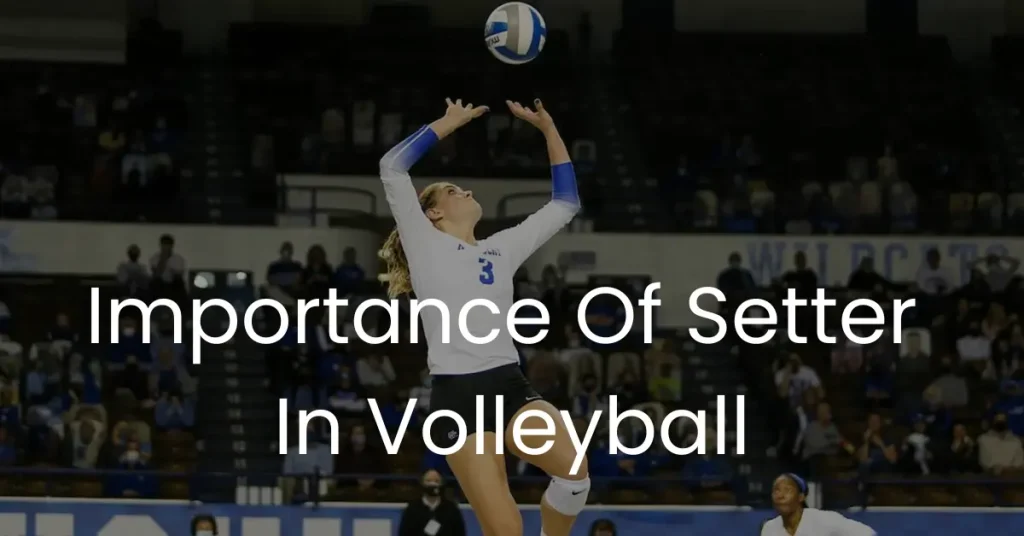
Importance of setter in volleyball;
The importance of a setter can be measured by imagining how your team’s spikes. If your team has no setter, how will the hitter accurately hit the ball? Understanding the importance of the setter is important as with its role and is given below:Characteristic of Good Setter:
The setter in volleyball, also known as the quarterback of the team, is full of technical and mental qualities that contribute to effectiveness in the game. A good setter must have the given qualities or characteristics:Overall, these are the vital characteristics of a good volleyball player, which combines technical proficiency, strategic awareness, effective communication, and positive character to play a pivotal role in the team’s success.
Rules & Regulation on Setter:
In volleyball, unlike libero, certain rules and regulations are specific to a setter. The setter and other teammates have the same rules and regulations except for the libero. Given are the rules and regulations that apply to the setter in the court: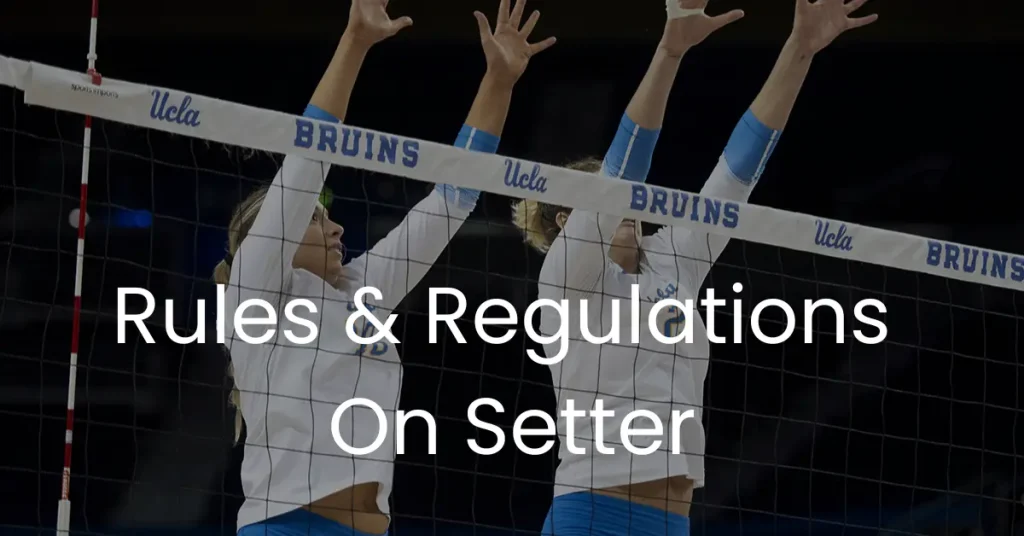
Responsibilities & Challenges:
The role and responsibilities of a setter in volleyball are similar to those of other teammates. Still, the setter’s challenges may differ from the other players. These challenges are as follows:Gear For Setter:
| Volleyball Shoes | Check Price |
| Knee Pads | Check Price |
| Ankle Braces | Check Price |
| Uniform | Check Price |
| Elbow Pads | Check Price |
Skills To Become a Good Setter:
Becoming a setter is not a big game, but consistency is very important and difficult. A good setter will always be in the race for improvement. The characteristics I discussed at the top are important to become a good setter. A good or excellent process is a time-consuming process that demands dedication, regular training, participation in drills, and willingness to adapt to the main component of the journey, which helps in becoming a proficient setter player.
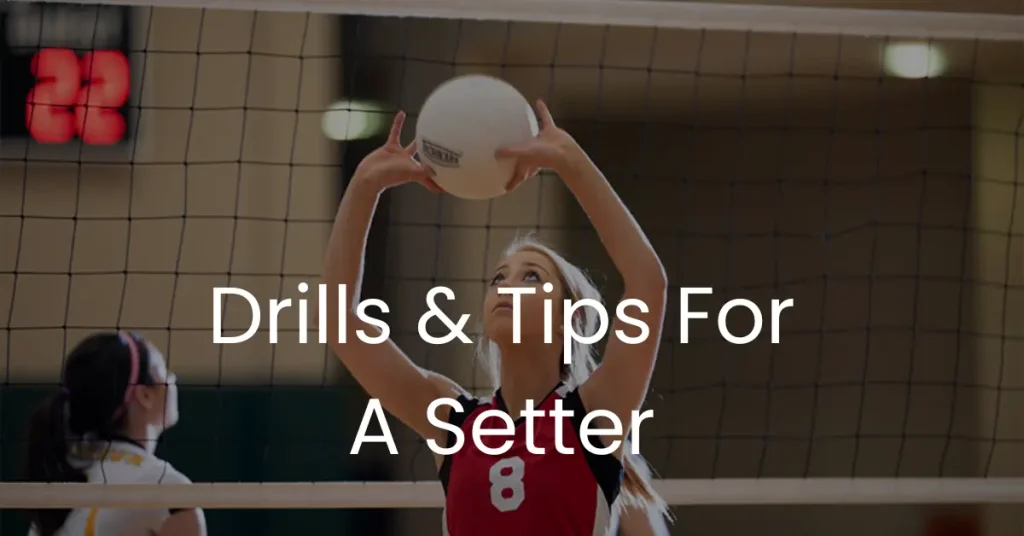
Drills For Volleyball Setter:
Drills for setters play a vital role in becoming a good setter by enhancing their skills, decision-making, and overall performance on the volleyball court. Here are the effective drills for setter:| Dos | Don’ts |
|---|---|
| They should improve ball control for good sets. | Don’t be frustrated because mistakes happen in volleyball. |
| Communicate effectively with teammates. | Don’t ignore defensive contributions. |
| Should be able to adapt to game situations. | Don’t do the same setting for hitters. |
| Should improve the skills of leadership. | Don’t violate foot, hand, and other rules. |
FAQs:
Conclusions:
In final words, knowing the skills of setting and becoming a good setter is an art that requires a lot of hard work and practice. The setter’s pivotal role is to provide an offensive set to the hitters, which they further land the ball in the opponent’s area and try to score a point. With specific rules, responsibilities, and challenges, a good setter possesses technical proficiency, adaptability, positive character, good communication, and excellent leadership. All these skills are often needed to become a good team captain, which is why setters are usually team players.





